Industry information
Company News
- Fluorocarbon aluminum veneer: Unveiling the "appearance responsibility" of the aluminum industry
- Hyperbolic aluminum veneer: the fashionable choice for modern architecture?
- Punched aluminum veneer: a new trend in creative building materials
- Punched aluminum veneer: a perfect combination of creativity and practicality
- Aluminum veneer customization, creating a new trend of personalized space
Industry dynamics
- Aluminum veneer: the "green" new favorite of modern architecture
- Carved aluminum veneer is environmentally friendly and beautiful
- Aluminum veneer customization, creating personalized space and new fashion
- Fluorocarbon aluminum veneer: the fashionable choice for modern architecture?
- Exquisite carved hyperbolic aluminum veneer design
Frequently asked questions
- Can the insulation function of aluminum veneer reduce the energy consumption of buildings?
- What are the advantages of aluminum veneer compared to other building materials in modern architecture?
- Is the production process of aluminum veneer environmentally friendly?
- Is there any restriction on the size customization of aluminum veneer?
- What is the antioxidant performance of aluminum veneer?
contact us
Mobile:+86 15627778610
Email: 2201229786@qq.com
Address: No. 5 Binjiang Road, High tech Zone, Zhaoqing City, Guangdong Province
Seamless splicing effect of aluminum veneer in architectural design
- Author: Jinba Aluminum Industry (Guangdong) Co., Ltd
- Release time: March 19, 2025 11:33:38
- Click:0
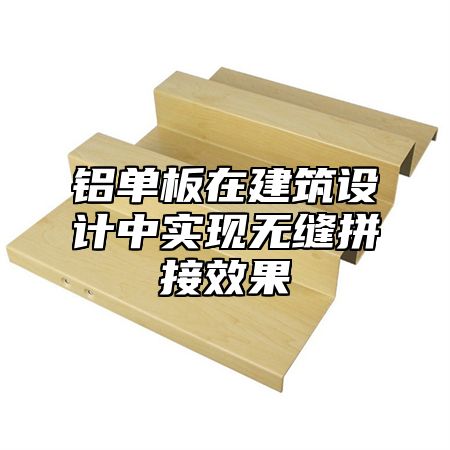
In architectural design, seamless splicing effect is a very important design element that can add beauty and integrity to buildings.Aluminum veneerAs a new type of building material, it has the advantages of lightweight, high strength, corrosion resistance, and easy processing, making it an ideal choice for achieving seamless splicing effects. Below, we will provide a detailed introduction on how to achieve seamless splicing effect of aluminum veneer in architectural design.
1、 Material characteristics
The main component of aluminum veneer is aluminum, which has a low density and therefore has good lightweight characteristics. Aluminum veneer also has certain compressive and tensile strength, which can maintain stability under external pressure and tension. These characteristics make aluminum veneer have excellent plasticity and formability in building exterior walls, which can create various beautiful decorative effects. The production process of aluminum veneer does not produce harmful gases and pollutants such as wastewater, which meets environmental protection requirements.
2、 Surface treatment
Surface treatment is also one of the important means to achieve seamless splicing effect of aluminum veneer. Aluminum veneer can be surface treated by spraying, anodizing, and other methods to increase its aesthetics and texture. For example, sandblasting, wire drawing and other processing methods can be used to increase the roughness and texture of aluminum veneer, thereby reducing light reflection and refraction; Or use polyurethane foam and other materials to fill and seal the aluminum veneer, so as to further improve its beauty and texture. These processing methods can not only improve the aesthetics and texture of aluminum veneer, but also increase its plasticity and styling, thereby achieving seamless splicing effect.
3、 Structural Design
Structural design is also one of the important means to achieve seamless splicing effect of aluminum veneer. Through reasonable structural design, the contact area and connection strength between aluminum veneer and walls can be increased, thereby improving their plasticity and formability. For example, reinforcing ribs and other methods can be used to increase the overall strength and stability of aluminum veneer, or keel support and other methods can be used to increase the connection strength and stability between aluminum veneer and walls. It is also possible to fill some insulation materials inside the aluminum veneer to further reduce its temperature coefficient and maintenance costs.
4、 Application scenarios
The application scenario of aluminum veneer is also an important factor in achieving seamless splicing effect. Different aluminum veneer products and design solutions can be selected according to different application scenarios to meet the special needs and requirements of customers. For example, aluminum veneer can be used in commercial spaces to create unique decorative effects, while also utilizing its good stability and design style to reduce the frequency and energy consumption of air conditioning; Alternatively, aluminum veneers can be used in public buildings to enhance overall safety and stability, while also utilizing their aesthetic appeal and design style to improve indoor environments.
By fully utilizing the unique material characteristics of aluminum veneer and appropriate design concepts, surface treatment, structural design, application scenarios, and other methods, seamless splicing of aluminum veneer in architectural design can be achieved. This approach not only improves the overall aesthetics and decorative value of the building, but also reduces maintenance costs and energy consumption, contributing to the sustainable development of society. If you are looking for a building material that can provide unique decorative material options for your urban architecture to decorate your city building or site, then consider aluminum veneer as an excellent building material option.

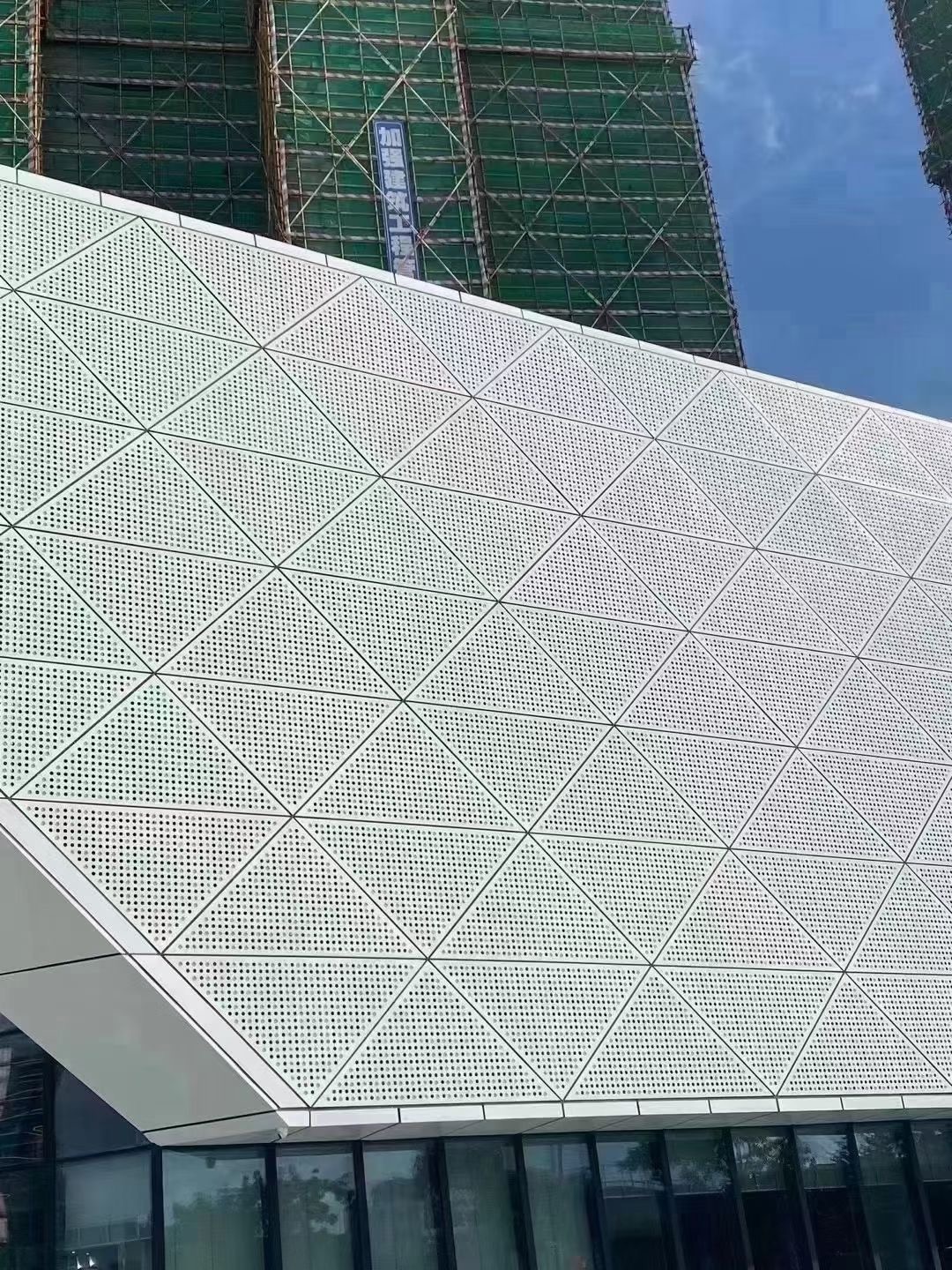

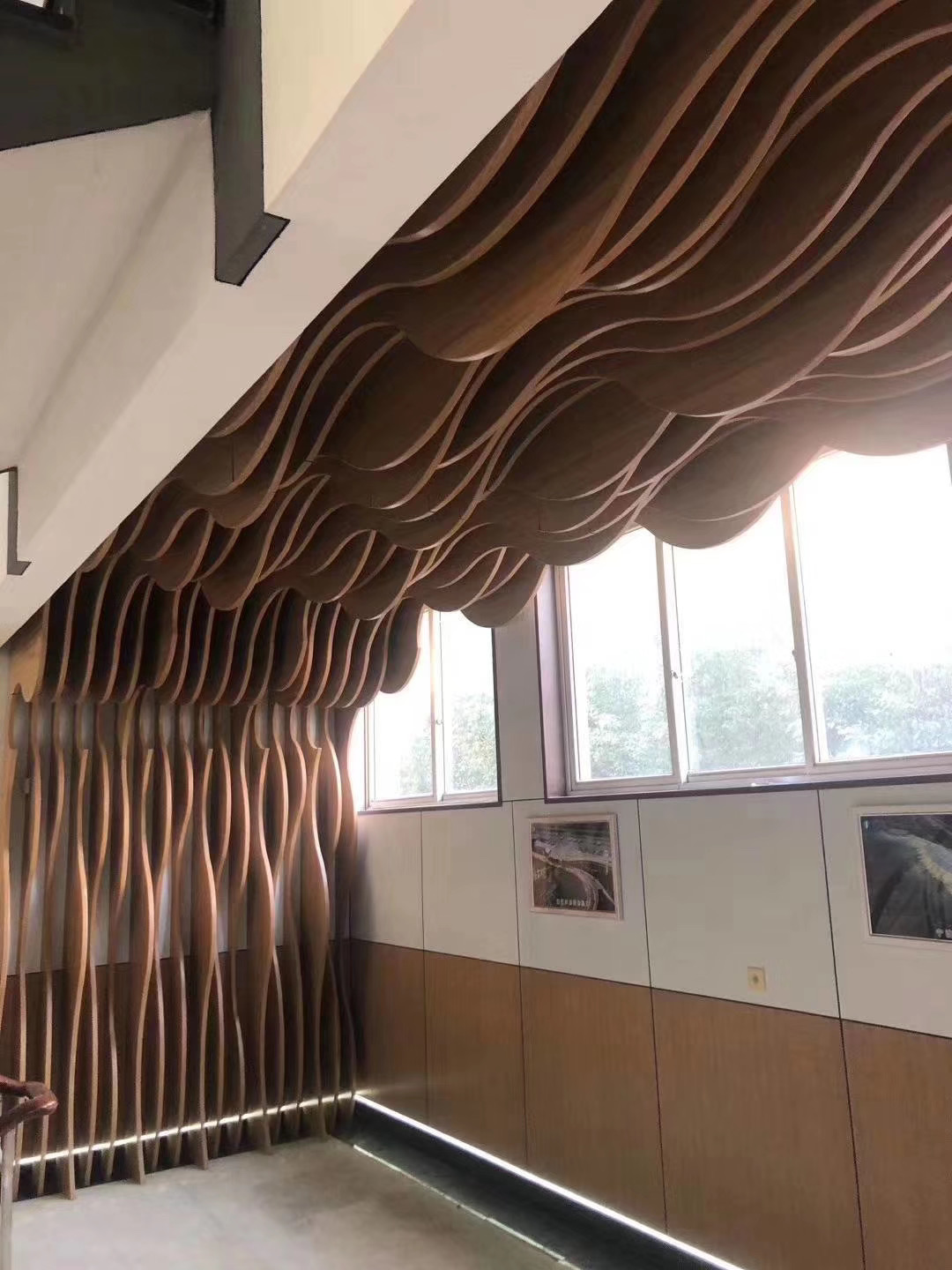
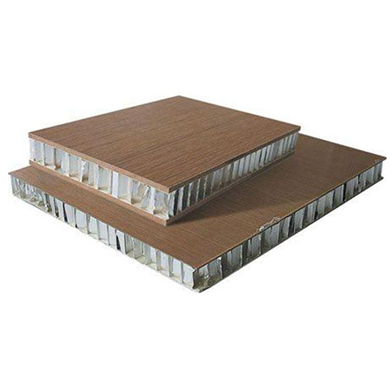
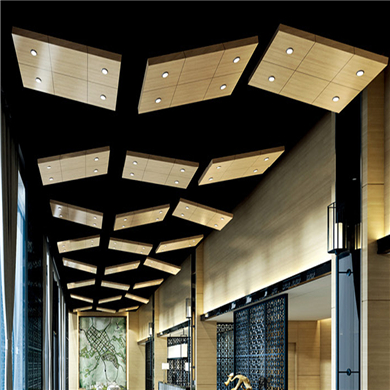
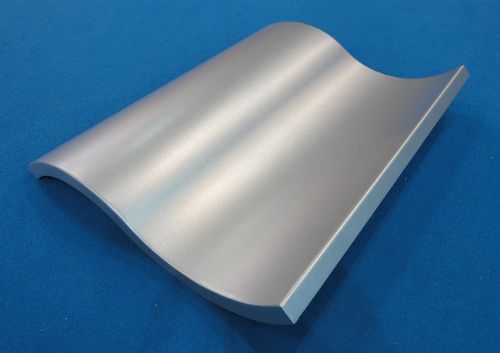
 Customer service QQ
Customer service QQ